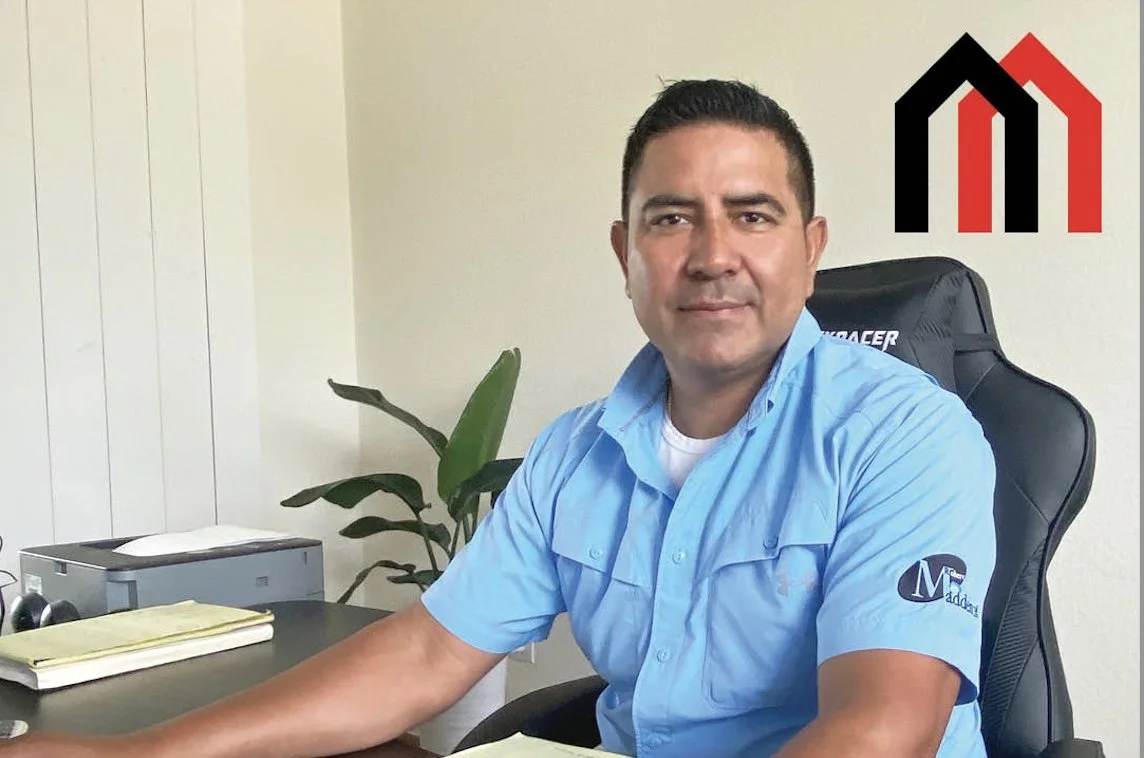-
12-15 years with good maintenance.
-
If the indoor coil/air handler is less than 5 years old and 410a refrigerant compatible, yes you can replace the outdoor unit only.
-
Oversizing a system will cause high humidity, mold, and mildew growth. The system should be sized correctly by square footage or a load calculation.
-
A properly matched system is highly recommended to ensure the optimal performance of each component.
-
Depending on the type of filter. On 1-inch pleaded filters should be replaced every 2-3 months depending on traffic within the home and higher end 4-inch media filters will need replacement every 8 months.
-
High efficiency filters trap 100 percent of particles smaller than 0.3 microns than your traditional filters.
-
Yes, the furnace and air conditioner have a lot of moving parts, electrical terminals, motors, capacitors, and coils that need to be cleaned and serviced to prevent costly repairs.
-
Purchasing a service agreement will keep the system running efficiently, save on costly repairs, save energy, and extend the life of the system.
-
There are many types of systems in the market to help with your air quality. Upgrading your filtration system, installing a UV light unit, installing a fresh air system, energy recovery ventilation unit will help keep your air quality in order.
-
Install a UV light unit like the RFG Reme Halo LED Air Purifier and a routine maintenance plan will help keep your system in good working order and prevent mold growth.
-
Seer: seasonal energy efficiency ratio, which means it produces that cold air more efficiently and lower the cost to operate. ARUE: Annual Fuel Utilization Efficiency, which means the percent of heat produced for every dollar of fuel consumed. HSPF: heating seasonal performance factor, which means heat output over the heating season to electricity used.
-
Routine maintenance, seal all air duct leaks, keep the coils clean, replace your filter regularly, and upgrade your system to a more efficient system.
-
The energy start labeled equipment will enhance the comfort of your home while saving energy while operating.
-
Heat pumps use electricity to transfer heat from a cool space to a warm space. The heat pump system reverses the cycle of refrigerant and uses the outdoor heat and transfers it to the indoor.
-
Hybrid heat pump duel fuel systems are based on a heat pump outdoor unit and an indoor gas furnace as a secondary source of heat. When the outdoor temperature drops below 35-40 degrees, the indoor thermostat will turn off the heat pump and turn on the gas furnace to keep your home comfortable while saving energy.
-
A ground source heat pump is a heating/cooling system for a building that uses a type of heat pump transfer to or from the ground, taking advantage of the relative constancy of the temperature of the earth through the season.
-
It allows you to choose a speed that works for your cooling preferences to help prevent hot spots, and greatly improves indoor comfort.
-
Two stage system has 2 speeds of operation. The system runs on high speed on hot days and low stage on milder days. This helps keep energy costs lower than your traditional 1 stage system.
-
The ideal temperature setting during the cooling mode is 74-76 degrees and 68 – 72 degrees for heating.
-
When you have some rooms hotter than others, you will need to hire a licensedhvac company to test the airflow coming out of the registers, check the blower speed, inspect your indoor coil to make sure it’s clean, replace your filter, check for ductwork leakage or you may have an improper size duct.
-
R22 freon is discontinued and replaced with 410a.
-
Relocate the unit or have a licensed professional to diagnose the issue.
-
Carbon monoxide can build up in your home when you have a leaking heat exchanger or an improper working furnace/appliance.
-
Call the emergency number of your local gas company, fire department, or 911.
